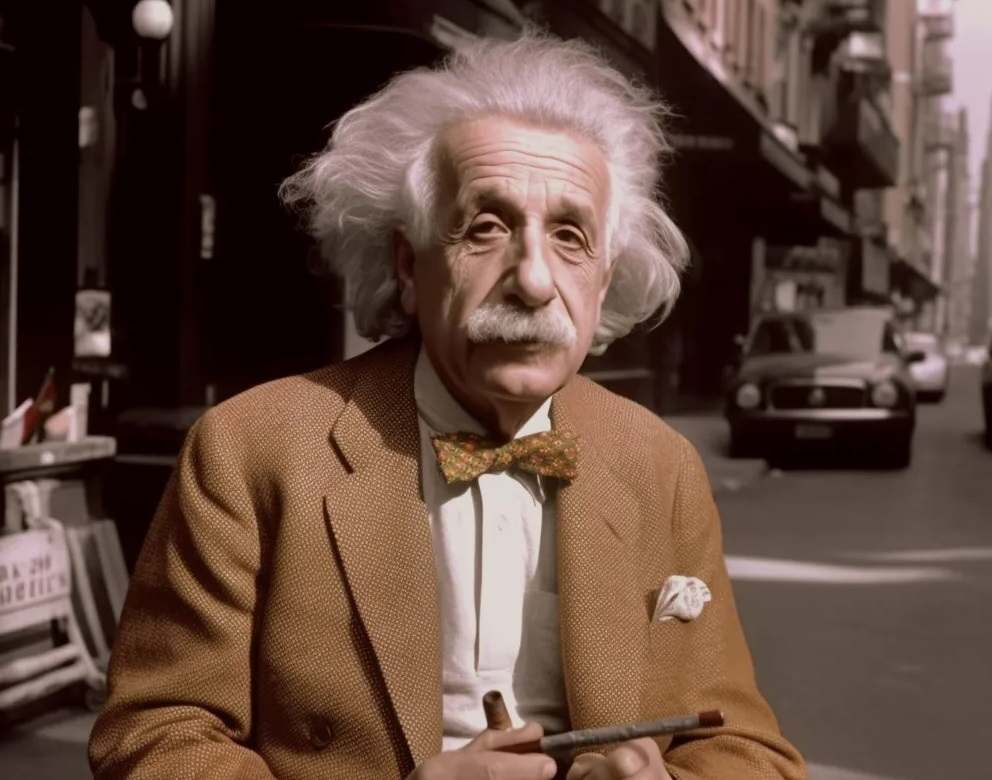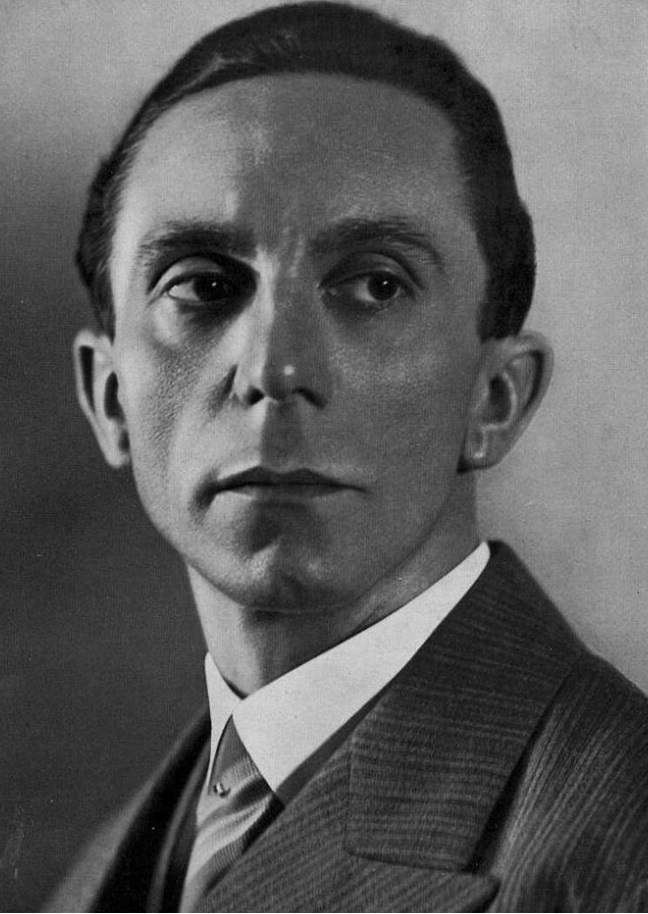It is an amazing little travel guide to Tripura, the place of nature where Cuddling among rich green hills and blessed with beautiful valleys and waterscapes, Tripura is a land of many myths, traditions, and mythologies. Located between northeastern India and Bangladesh, the state appears like a small speck on the map of the peninsula of India.
You can summarise the Tripura of Shiva and Shakti, tribal, and Buddhist traditions with their own beautiful cultural and natural scenes.
How to reach to Tripura
Agartala is connected with important junctions like Guwahati, New JalpaiGuri, Sealdah, and Anand Vihar at New Delhi by some express trains. You can reach Agartala by air or by bus.
- By plane: There are direct domestic flights to Agartala from many cities Kolkata, Delhi, Jaipur etc. by IndiGo, Air India etc. Flights cost may be around 7000 INR or around $95,It may be vary.
- By Train: The nearest railway station is Manu, 110 km from Agartala.
- By Road: From Guwahati to Agartala, it takes 24 hours by bus.
This small and beautiful northeastern state shares only 15% of its border with India. Its craft, traditional music, and diversity of cultures and faiths give it a tempting charm.
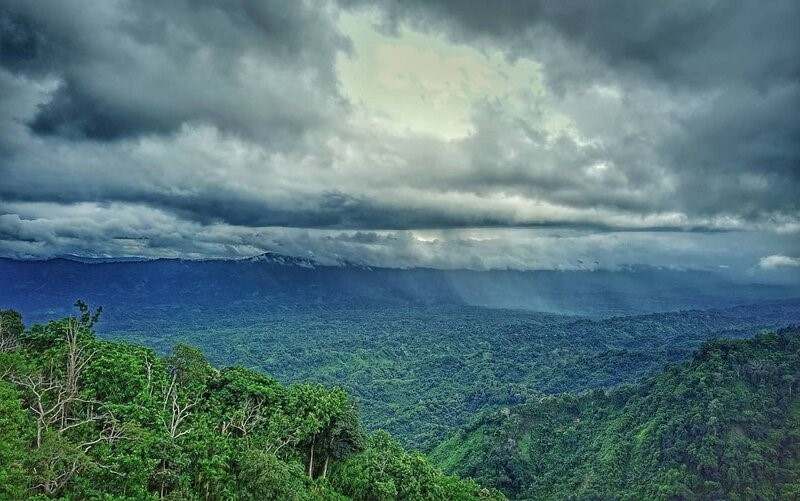
The majestic Indo-Saracenic palaces, amazing cultures with their own style, the orange festival and thin monkeys are the attractions of the state.
Ujjayanta Palace
The Ujjayanta Palace is the most astonishing structure in Agartala. Built in 1901 by Maharaja Radha Kishore Manikya, a huge palace with snow-white walls is made in the Indo-Saracen style.

Its tallest dome is 86 feet, and its floor tiles and wood ceilings are impressive enough. In front of the palace there is a huge Mughal-style garden, and on either side there are two reservoirs. Since the palace houses the State Legislature, visitors are limited to 5:00 p.m. The building lights up at night. The impressive building is the Maharaja Bir Bikram College, which covers a vast area, including the stadium.
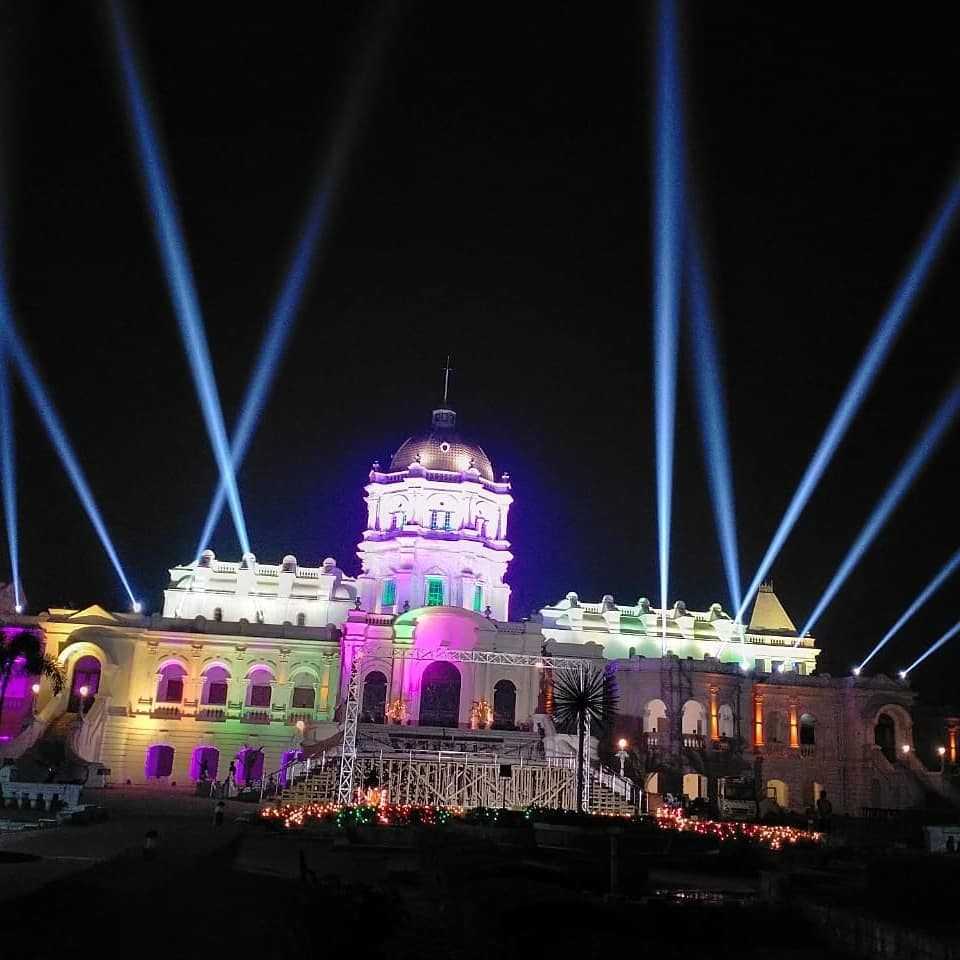
Tripura has two main travel routes: the southern and the northern. You can rent a vehicle or use public transport, which works well. The Sepahijala Wildlife Sanctuary is located 25 km south of Agartala, and the trip itself will be quite interesting. You can also go to the nearest lake, which in winter, from December to February, is an entice for migratory birds.
The next destination on the southern route is Nir Mahal Palace. The evening panorama of the illuminated Nir Mahal palace is very spectacular. Located in the middle of Rudrasagar Lake, Built in 1930 as the summer residence of Maharaja Bir Bikram Kishore Manikya, the palace is in Mughal style.
Dumboor Lake – Miracle of Nature

Another very beautiful destination you must visit is Dumboor Lake, which is located in Amarpur, Tripura. It is shaped like a tapered drum and thus has been named after the Damroo of Lord Shiva. This place is no less than a paradise for nature lovers, as it is surrounded by 48 small islands lined by beautiful hills and lush green landscapes.
Tripura Sundari – the Prakriti to his Purusha
Five kilometres from Udaipur (yes, another Udaipur is here; the other is in Rajasthan), a small town south of Agartala, is the Tripura Sundari or Matabari temple, which is considered one of 51 shaktipiths sacred to the Hindus. Located on the top of a low hill, the temple rises above the Kalyan Sagar pond, which has a large population of turtles.
Tripura Sundari Temple is also called Kurma (turtle) Pith. Another outstanding shrine is the Kamala Sagar Kali Temple, located on the border between India and Bangladesh.
The Jampui Mountains are the farthest from Agartala on the northern route. Actually, it is part of the Mizo Hills of north Tripura. The path of 250 km will be unusually long. But a long and tiring trip will bring another reward. Spectacular sunsets, orange orchards, cool breezes, and a hiker’s paradise in the Jampui Mountains make the Jampui Mountains a must-see destination for everyone.
I should mention that Wangkhmun’s lodge is beautifully located and surrounded by trees and gardens. The wide terrace is ideal for stargazing and evening tea.
Boxanagar, the archaeological wonder of Tripura

Boxanagar, which is located in Sipahijala district, is about 32 km from Agartala. The local population initially attributed the remains of an ancient temple to Mansa, the goddess of snakes. The statue of Lord Buddha was discovered, and it was confirmed that it is a Buddha temple.
UNAKOTI TEMPLE
Unakoti, an ancient pilgrimage centre, is attracting tourists from far and wide. The marvellous rock carvings, murals with their primitive beauty, and waterfalls are not to be missed. Unakoti literally means “one less crore,” and there are several myths and faiths about the origin and meaning of the word.
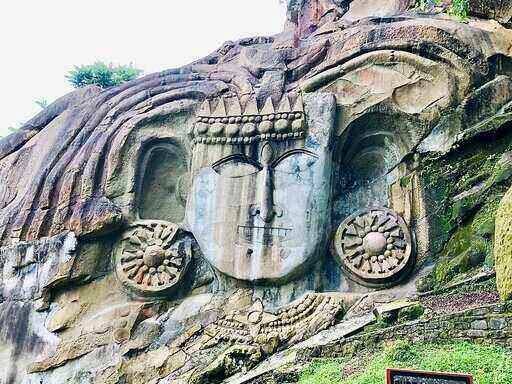
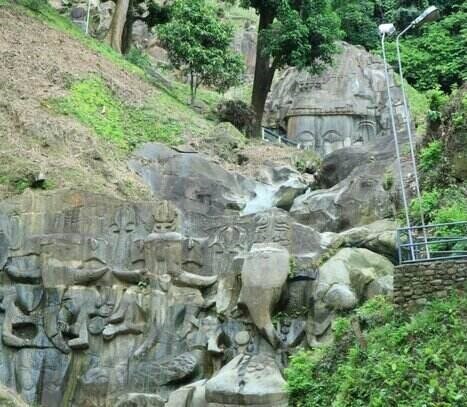
Unakoti is located in the northernmost part of Tripura. Massive 9th-century sculptures carved into the rock are located in a deep forest. The old tradition of Shiv-Shakti worship in Tripura is reminiscent of the head of Shiva, which is 30 feet high. Unakoti is also home to India’s largest bas-relief.
DIVERSITY IS BEAUTIFUL IN TRIPURA
Tripura’s cultural diversity is amazing. 65% of the population are Bengalis. The rest are divided into ethnic groups, the most famous of which are Reang, Chakma, Halam, and Lusai. Each nationality has its own special form of dance.
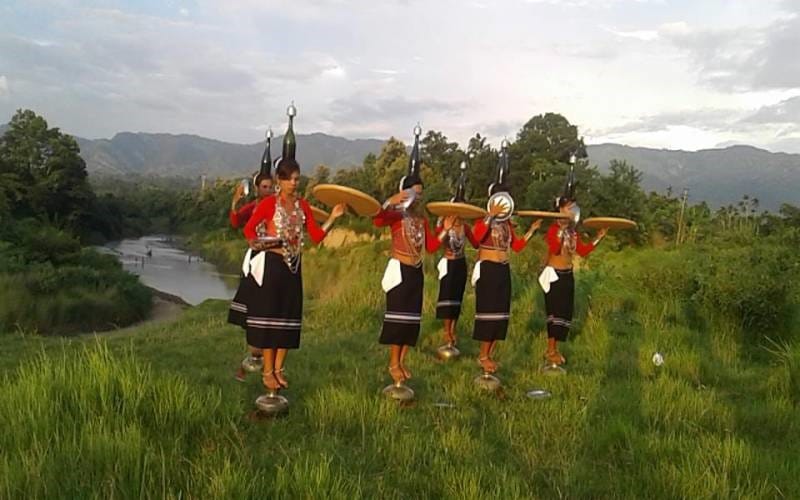
The Hozagiri dance of the Reang or Bru people is perhaps the most striking. Young Reang girls stand on metal pots and hold bottles on their heads. Another striking version of folk dance is the Bengali dance, Dhamail. The Orange Festival takes place every November and attracts tourists. Tripura is famous for its delicate bamboo and reed crafts.
The state of Tripura, which has so much to offer, will make you stay longer than planned. Small, but still beautiful.
Was Albert Einstein a Communist ?
Albert Einstein was cautious about supporting any particular political ideology and originally refused to join…
The Coca Cola tale
“Hey, have you heard the epic tale of how Coca Cola came to be? It…
Amazing: Before and After pics
Analysing images taken before and after an event is an interesting experience, particularly when the…
How Powerful Words Changed The World
“Man was and remains an animal. With low or high instincts. With love and hate….
Which are the most dangerous animals that Americans are scared of ?
In America, seemingly ordinary animals are responsible for the deaths of Americans every year for…
14 SIMPLE RULES OF A STABLE AND BEAUTIFUL MARRIED LIFE
A stable married life is like a big ship in the ocean. There are so…

